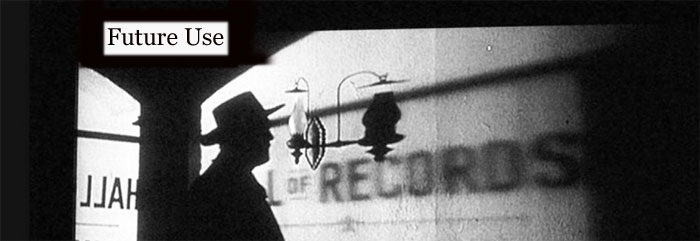 |
| Maniac Cop (1988) William Lustig. |
The
brains behind Nitehawk’s screenings is John Woods, who co-owned Reel Life Video
Rentals in the 1990s on Bedford Avenue before there was a Duane Reade or “Fornino:
the art and science of pizza.” Reel Life advocated an independent movie mind and offered a ripe selection of VHS and DVDs. Nitehawk is no different, just a greater scale, though it might seem to have all the trappings of a gimmick – located in Williamsburg, serving
boutiquey food and fancy cocktails (though I sipped a $3 Pabst Blue Ribbon), and
exploting the shared kitsch of movies the audience grew up on. But the set-up was honest and the effect was
a blast. The memories of the moviegoer were not rehashed or degraded by irony. And having food served while watching Blue Velvet is a similar experience of intellect and venue as eating a sandwich at 'Wichcraft in the front hall of the New York Public Library.
SPOILER ALERT: (don’t read unless you want the surprises of
Cabin in the Woods ruined for good)
We
saw Cabin in the Woods, which depicts
an archive of monsters kept by a secret organization, whose workers are beleaguered and
wisecracking schlubs. They push
buttons to manipulate the behaviors of ritual murder while taking bets for the office
pool. On the betting sheet, "Sexy Witches" are tagged by “Archives.”
The filmmakers similarly push the buttons
of the audience, and the result is often not what is expected. The five teens do not fit the generic categories in which both the popular mind and slasher flicks alike have made them into archetypes. The jock is actually a brain, the blonde "whore" no ditz and not loose, the "fool" is shrewd, the scholar is not much of an egghead, and the virgin is only so in countenance and demeanor. "We work with what we got," says the Director of the corporation who manipulates the ritual. Isn't the subject of history treated the same way? We work with what we've got - often found in the archive, library or museum - whether debunker, activist, think-tank wonk, policymaker, tour guide, etc. Filmmaker Adam Curtis explores the subject in his documentary The Living Dead, about World War II, but which title is more resonant of the movie monsters in Cabin in the Woods.
A Homeric catalog of horror tropes triggers the expectations of moviegoers who grew up in the 1970s and 1980s, beginning with the ultimate domicile for the premise of slaughtering teenagers – the cabin in the woods. Nitehawk Cinema acts as a similar domicile, playfully and smartly informed by the moviegoers' experience of the neverending story of memory. In the basement of the cabin in the woods is a collection of archival materials that indeed serve a future use for the history of humankind....
A Homeric catalog of horror tropes triggers the expectations of moviegoers who grew up in the 1970s and 1980s, beginning with the ultimate domicile for the premise of slaughtering teenagers – the cabin in the woods. Nitehawk Cinema acts as a similar domicile, playfully and smartly informed by the moviegoers' experience of the neverending story of memory. In the basement of the cabin in the woods is a collection of archival materials that indeed serve a future use for the history of humankind....












